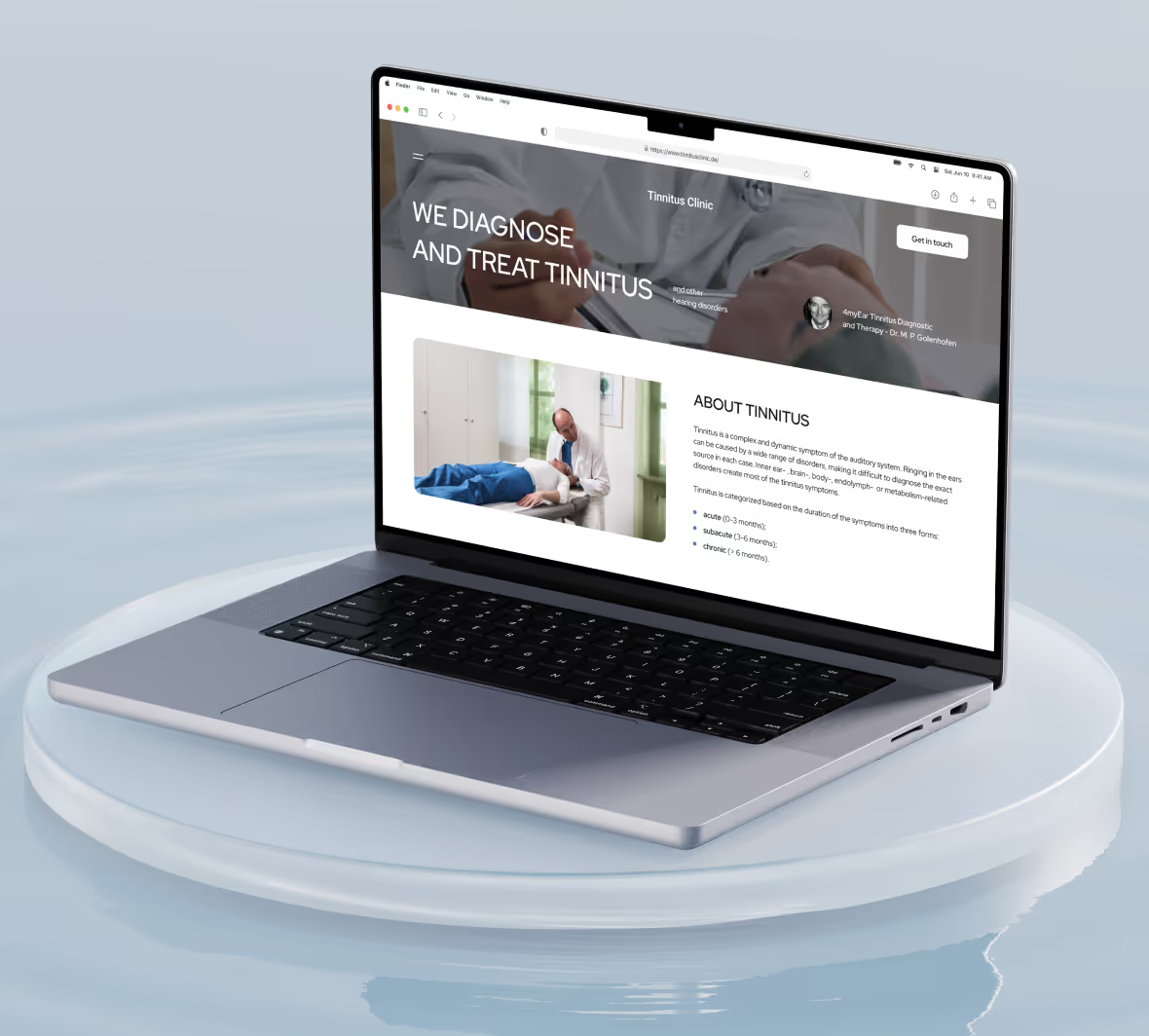
Consider your team is working tirelessly to deliver an innovative solution to your customers. You're all set to launch the product when a colleague discovers a significant issue that could impact user experience. Instead of pushing the launch date back, you revisit the product with a new perspective.
Thanks to Agile product development, your team can quickly address the issue and deliver a product that meets your customers' needs. This approach to product development is essential for creating No-code MVPs. This guide explores agile product development and how to implement it to help your business succeed.
Minimum Code, a no-code MVP development agency, can help you use agile practices to create no-code MVPs that meet your goals and objectives.
What Is Agile Product Development?
Agile product development (also called Agile product design) is a method for producing a product incrementally and iteratively. Agile development emphasizes flexibility and collaboration rather than building a product all at once or following a strict plan that doesn’t allow changes.
Agile product development is beneficial for building software products, where it’s almost impossible to know all the variables at the outset or create a product that satisfies all stakeholders’ needs. Agile methods have become popular in building products that respond to changing technology and customer demands.
Related Reading
• MVP Features
• Develop MVP
• MVP Development Cost
• How to Build an MVP
• How to Determine Market Demand
• How to Launch a Startup
• How to Validate Your Business Idea
• MVP Benefits
• MVP Development for Startups
Core Principles and Values of Agile Product Development
Customer Collaboration Over Contract Negotiation
Customer collaboration is an agile product development core principle that prioritizes ongoing communication with stakeholders over strict adherence to contract negotiations or initial project plans. While traditional approaches to product development often emphasize upfront contracts and documentation, agile methods welcome change and prioritize customer collaboration, even late in the project.
Agile teams frequently check in with clients and stakeholders, ensuring that the end product meets customer needs and expectations. This is especially helpful in dynamic markets where customer needs might shift. Agile’s focus on collaboration means that products can be fine-tuned to reflect real-time feedback.
Responding to Change Over Following a Plan
One of the cornerstones of agile is adaptability. In traditional approaches, any change request disrupts timelines and incurs additional costs. Agile, however, welcomes change, even in the later stages of development. By focusing on short, iterative cycles, agile teams can accommodate evolving requirements, making agile particularly beneficial in industries where technology and customer expectations evolve rapidly.
Individuals and Interactions Over Processes and Tools
Agile places people over processes, emphasizing teamwork, communication, and skill. While tools are essential, agile teams believe successful outcomes are achieved through effective collaboration and interaction. Agile teams often foster open environments where feedback and ideas flow freely, enhancing creativity and productivity.
Working Product Over Comprehensive Documentation
Agile progress is measured by delivering functional increments rather than lengthy documentation. While documentation has its place, agile prioritizes providing a usable product. This principle encourages teams to focus on hands-on development, ensuring that each sprint yields a product version that can be tested and evaluated. Agile’s emphasis on practical results helps teams focus on real-world usability, not just theoretical planning.
Stages and Key Practices of Agile Process Development
Planning and Requirements Gathering: The First Steps in Agile Development
Every Agile cycle begins with a planning session. In this initial phase, the product owner, team members, and stakeholders come together to discuss goals, define requirements, and establish a shared vision for the product. The team outlines specific features or “user stories” to complete in the upcoming sprint. Unlike traditional planning, which defines the entire project upfront, Agile planning is kept short and focused only on the next sprint. This iterative planning allows teams to adapt their roadmap as customer needs and market conditions evolve.
Sprint Execution: The Heart of Agile Development
The sprint is a set period, often lasting between one to four weeks, during which the team develops specific features or functionalities. Agile teams are cross-functional, meaning each team member can contribute to various tasks within the sprint. Every day, the team holds a brief meeting, known as a "daily stand-up" or "scrum," where members discuss their progress, any roadblocks, and what they plan to work on that day. This daily sync-up fosters transparency and enables the team to address any obstacles immediately, keeping development efficient and on track.
Continuous Testing in Agile
Agile incorporates testing and QA throughout each sprint rather than waiting until the end of the development cycle. This approach, often called “continuous integration and continuous testing,” allows Agile teams to identify and resolve issues early on, reducing the risk of significant bugs or defects in the final product. Automated testing tools are commonly used to speed up the testing process, while manual testing ensures that the product meets quality and usability standards. Integrating QA within each sprint means the product is continuously improved and ready for deployment at the end of each cycle.
Review and Demonstration: Getting Stakeholder Feedback
Agile teams conduct a sprint review at the end of each sprint, presenting the completed features to stakeholders for feedback. This review aims to evaluate what has been built, discuss any adjustments, and gather insights on the next steps. This feedback loop is central to Agile’s adaptability, allowing stakeholders and customers to see the product’s progress and request changes if needed. In this way, Agile ensures that the product remains relevant to user needs and expectations.
Retrospective and Improvement: The Key to Team Efficiency
After each sprint, the team conducts a retrospective meeting to discuss what went well, what could be improved, and any lessons learned. This stage is crucial for continuous improvement, as it enables the team to reflect on their processes, identify areas of friction, and implement changes for future sprints. Expected improvements involve better communication, optimizing workflows, or enhancing collaboration tools. By continuously refining their approach, Agile teams become more efficient and capable of delivering high-quality products faster.
Benefits of Agile Product Development
Enhanced Flexibility and Adaptability
Agile product development creates a framework that allows teams to pivot quickly when requirements or market conditions change. By focusing only on the features in the current sprint and conducting regular reviews, Agile teams can adjust the product roadmap without significant delays or costs. This adaptability is particularly valuable in industries where customer needs, technologies, and competitive landscapes constantly evolve. For instance, during the COVID-19 pandemic, many Agile teams could adjust rapidly to remote work tools and changing business priorities, showcasing the framework’s resilience.
Faster Time-to-Market
Agile’s sprint-based process enables teams to deliver functional parts of the product incrementally, allowing for a faster time-to-market compared to traditional methods. With each sprint delivering a potentially shippable product increment, businesses can release features or updates to customers sooner. Companies like Spotify, for example, use Agile to launch frequent product updates, keeping them competitive and responsive to user feedback. This continuous delivery model gives Agile adopters a competitive advantage in fast-paced markets.
Higher Product Quality
Agile minimizes the risk of releasing products with significant issues by integrating testing and quality assurance (QA) throughout the development process. Testing within each sprint allows teams to identify and address bugs early, reducing technical debt and improving overall product quality. Continuous feedback from stakeholders and customers also ensures that each feature meets user needs, enhancing the product's usability and relevance. Agile teams often use automated testing tools like Selenium and Jenkins, allowing consistent quality checks throughout each sprint.
Increased Customer Satisfaction
Agile development keeps customers involved in the product’s progress by seeking feedback at the end of each sprint. This iterative feedback loop ensures that the product aligns closely with customer expectations and adds value at every stage. It also fosters a sense of customer partnership, as customers directly impact the product’s features and functionalities. For instance, companies like Amazon and Microsoft involve end-users in their Agile processes, continuously refining their products based on direct user feedback, which boosts customer satisfaction and loyalty.
Improved Team Collaboration and Morale
Agile encourages collaboration and transparency among team members through daily stand-ups, sprint reviews, and retrospectives. These structured communication channels help team members stay aligned, address challenges as they arise, and foster a positive working environment. Agile’s cross-functional teams, where individuals from diverse roles work together, also create a culture of shared responsibility and support. The regular retrospectives allow teams to celebrate achievements and discuss improvements, boosting morale and engagement.
Reduced Risks and Enhanced Predictability
Agile’s frequent releases, continuous testing, and ongoing feedback loops reduce the risk of project failure by ensuring that the team addresses potential issues early in the development process. The framework’s reliance on short sprints and regular check-ins makes identifying and mitigating risks easier, making the project more predictable and manageable. Agile’s iterative model can help teams meet compliance requirements in highly regulated industries like healthcare and finance by enabling thorough testing and validation within each sprint cycle.
With Minimum Code, you can finally bring your long-held business idea to life quickly and efficiently without breaking the bank. Bring your long-held business ideas to life with us. Get a free product discovery and scoping for your app idea today!
Agile Development Methodologies
Scrum: The Popular Agile Framework With Set Roles and Sprints
Scrum is one of the most widely used Agile methodologies and is often the go-to for project management in Agile settings. Scrum operates in time-boxed sprints, usually lasting two to four weeks. Each sprint starts with a planning session where the team selects tasks from the product backlog and an ordered list of everything that might be needed in the product. Scrum emphasizes roles such as the Product Owner, Scrum Master, and Development Team, each playing a distinct part in guiding the process. Daily stand-up meetings, or "scrums," keep everyone on track and focused on sprint goals, and the end-of-sprint review and retrospective meetings ensure continuous improvement.
Kanban: The Flexible Agile Approach with Visuals
Kanban is a highly visual approach that optimizes workflow and reduces bottlenecks. Originating in lean manufacturing, Kanban employs a board system (digital or physical) where tasks are represented as cards that move through stages, from "To Do" to "In Progress" to "Done." Unlike Scrum, Kanban does not operate on set sprints or iterations, making it a more flexible approach where tasks flow through the pipeline continuously. Teams often use Kanban to manage continuous delivery projects or when workflows vary in size and priority.
Lean: The Agile Methodology for Reducing Waste
Lean methodology, derived from Lean manufacturing principles, emphasizes maximizing customer value while minimizing waste. The core principle of Lean is to "do more with less," aiming to improve efficiency and reduce non-value-adding activities. Lean's approach to Agile product development encourages teams to focus on only the most essential tasks, adapt quickly to changes, and prioritize customer feedback. Many technology and startup teams favor Lean because it focuses on delivering a minimum viable product (MVP) and refining it based on honest customer feedback.
Extreme Programming (XP): The Agile Method for High-Quality Code
Extreme Programming (XP) is a methodology explicitly focused on software development. It emphasizes technical practices that improve code quality. XP encourages continuous feedback, frequent releases, and close collaboration between developers and customers. Critical practices include test-driven development (TDD), pair programming, and continuous integration.
XP works well for teams that need to deliver high-quality code in a dynamic environment with rapidly changing requirements. Companies that prioritize code quality and customer feedback, such as those in the software and fintech industries, often use XP to reduce defects and improve development efficiency.
Crystal: The Flexible Agile Methodology for Small Teams
Crystal is a family of methodologies (e.g., Crystal Clear, Crystal Red, Crystal Orange) that adapt based on team size, system criticality, and project priorities. Crystal emphasizes personal interactions and team dynamics over rigid processes, encouraging teams to tailor their workflow. A key characteristic of Crystal is its focus on frequent delivery, reflective improvement, and close communication. The method suits smaller teams who need flexibility and creativity, making it an excellent option for startups and small development projects where adaptability is paramount.
Dynamic Systems Development Method (DSDM): The Structured Agile Approach
DSDM is one of the oldest Agile frameworks, created to address the need for a standardized Agile approach in projects with tight timelines and budgets. DSDM is highly structured, focusing on business goals and continuous user involvement. The methodology uses an iterative development process and emphasizes fixed schedules and costs, making it popular in finance and government sectors where regulatory requirements and project constraints are rigid. DSDM is ideal for projects requiring a structured Agile approach, balancing flexibility and predictability.
Related Reading
• MVP Testing Methods
• MVP in Scrum
• MVP App Development
• Types of MVPs
• Lean Startup Validated Learning
• MVP in Agile
• Minimum Viable Product vs Prototype
• Minimum Viable Product Examples
Get a Free Product Discovery & Scoping for Your App Idea Today
Minimum Code is an advance in no-code MVP development. While no-code tools allow founders to build apps without writing code, minimum code approaches leverage no-code tools and custom code to deliver better products faster.
For instance, using a no-code tool like Bubble.io, we can build a fully functional app without writing a single line of code. But what if the app's performance could be improved with a small piece of custom code? Doing this could create a better product and improve the user experience. This is the minimum code. At Minimum Code, we use this approach to help founders launch better no-code MVPs faster.
Related Reading

Ready to build your product?



.webp)



